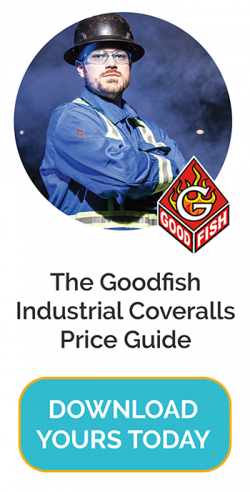We receive lots of great questions about choosing FR workwear and wanted to share some of the most common questions and answers with you! Have more questions? Comment below and we will answer them!
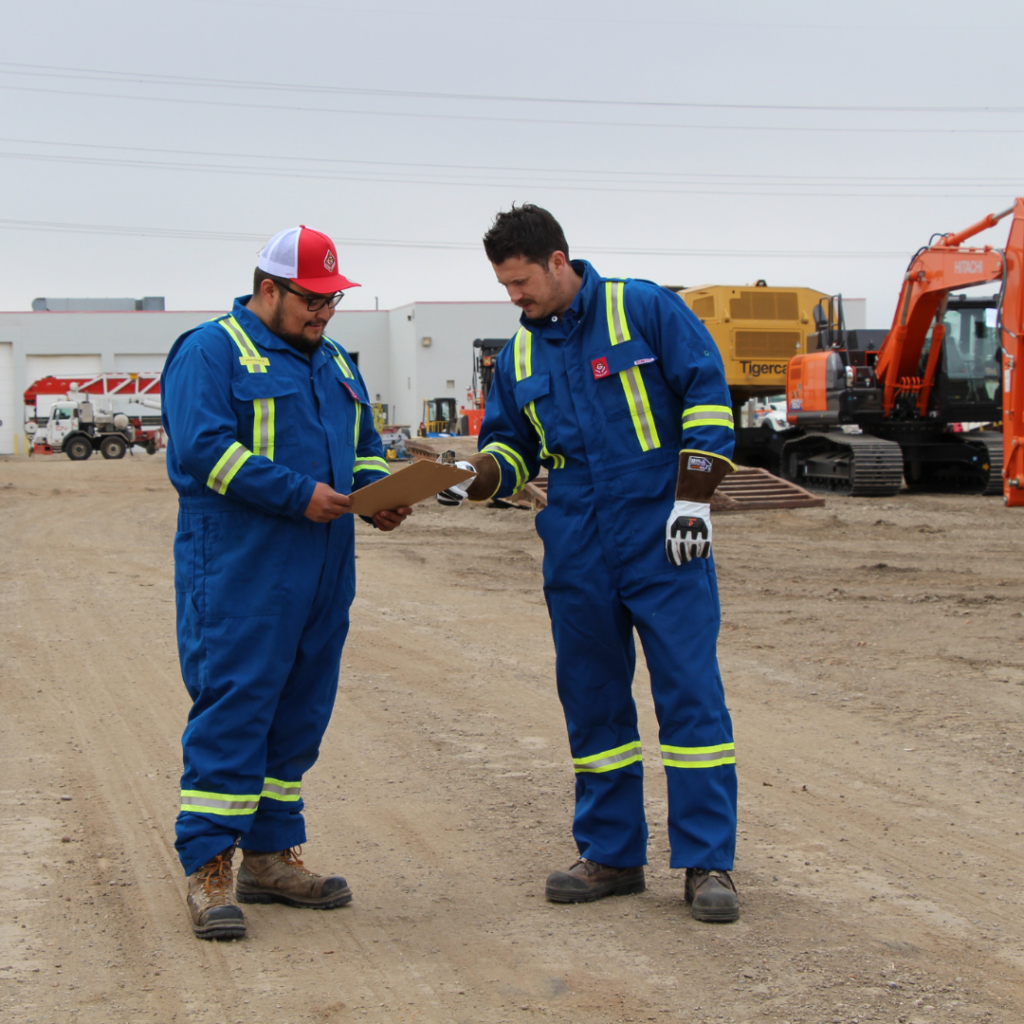
What is the difference between inherent and treated FR fabrics?
Inherent fabrics naturally have FR properties, they are FR without any additional finishing or treatment with the ability to self extinguish.
Treated FR fabrics use an additive such as chemicals to make the fibers have FR properties.
Interested in learning more? Check out our blog on the difference between inherent and treated fabrics and what it means for your safety program: https://goodfishcoveralls.com/the-difference-between-inherent-and-treated-fabrics-and-what-it-means-for-your-safety-program/
What is the difference between AR and FR?
Arc Rated (AR) is specific to working on energized parts and potential exposure to electrical current. AR is measured by ATPV (Arc Thermal Performance Value), the higher the number the greater the protection.
All Arc Rated is Flame Resistant, however not all Flame Resistant is Arc Rated. Some people refer to AR as PPE 2, formerly HRC 2.
Flame Resistant (FR) is commonly known as PPE 1 and is commonly used on sites where electrical hazards are not present.
How do I clean my FR garments?
Depending on your work application garments can be cleaned in one of two ways: industrial laundering or dry cleaning.
Industrial laundry (wet wash) is good for light dirt based soils (mud, dirt, salt stains, and light oil).
Dry cleaning is critical for oils and bitumen to maintain the integrity of your workwear.
Ensure to follow clean care instructions on the label of your garment, avoid using any bleach and fabric softeners as those can alter the FR properties.
Does laundering affect the performance of an FR garment?
Contrary to popular belief laundering given the proper care does not affect the FR properties of a garment. Most fabric suppliers guarantee the FR properties for the life cycle of the garment, meaning the garment will need to be replaced due to wear and tear long before it loses its FR integrity.
What should I wear underneath my FR garments?
Base layers are an important component in layering, particularly in cooler climates. It’s important to wear a base layer that will provide protection in case of a flash fire incident. Materials such as 100% cotton, or FR base layer products are the only garments that should be worn underneath to ensure your safety. Synthetic fabrics such as spandex and polyester can increase injury during a flash fire or arc flash exposure as these fabrics can melt to your skin and cause catastrophic injury.

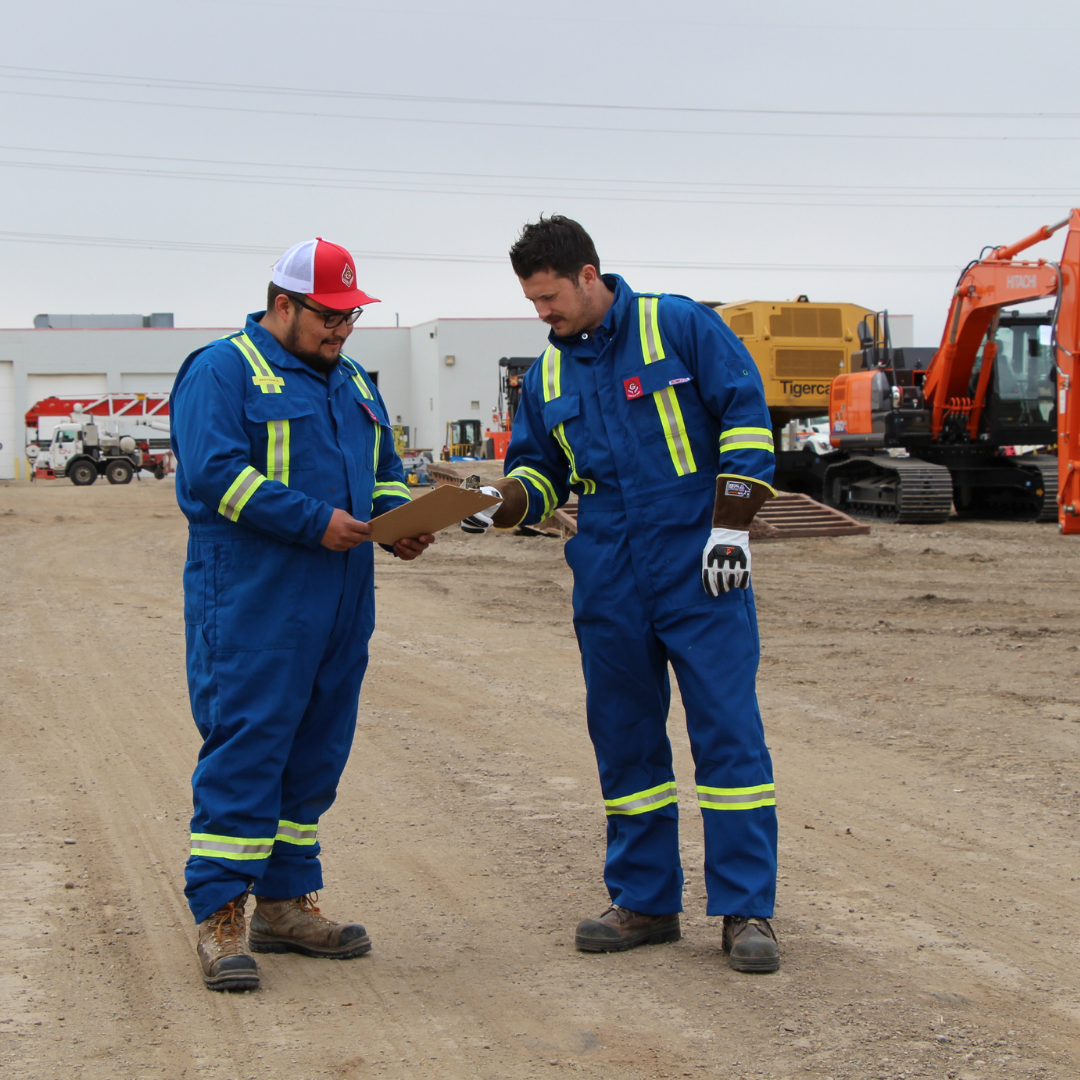
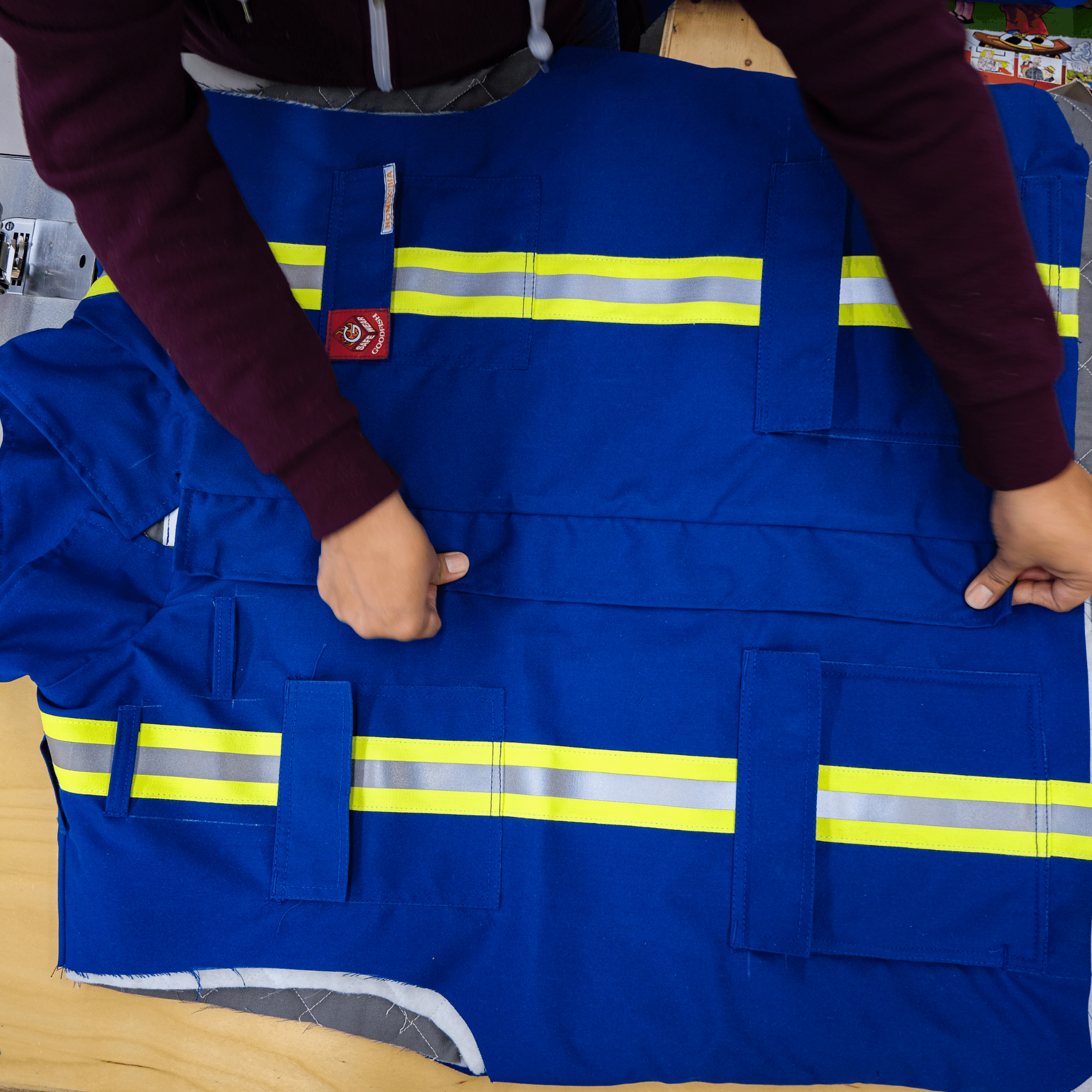



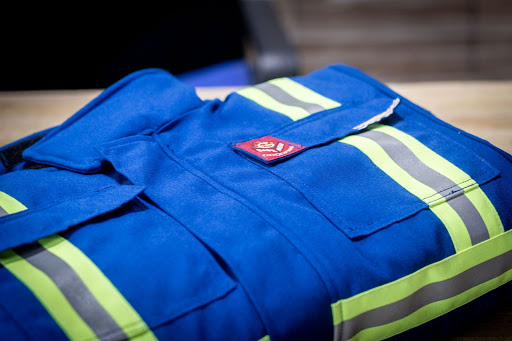
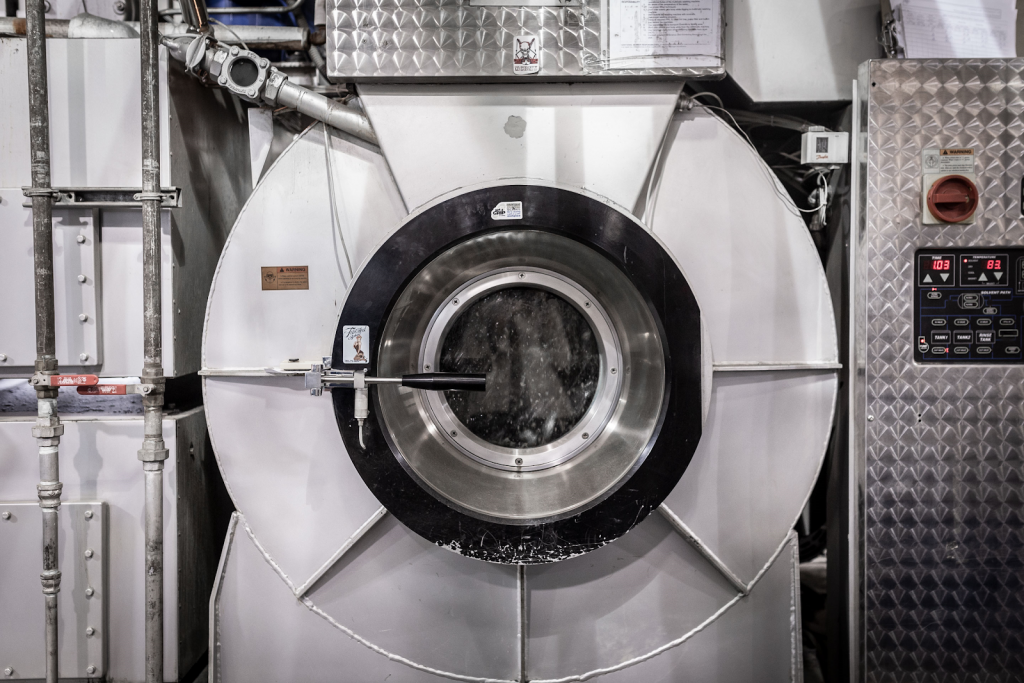

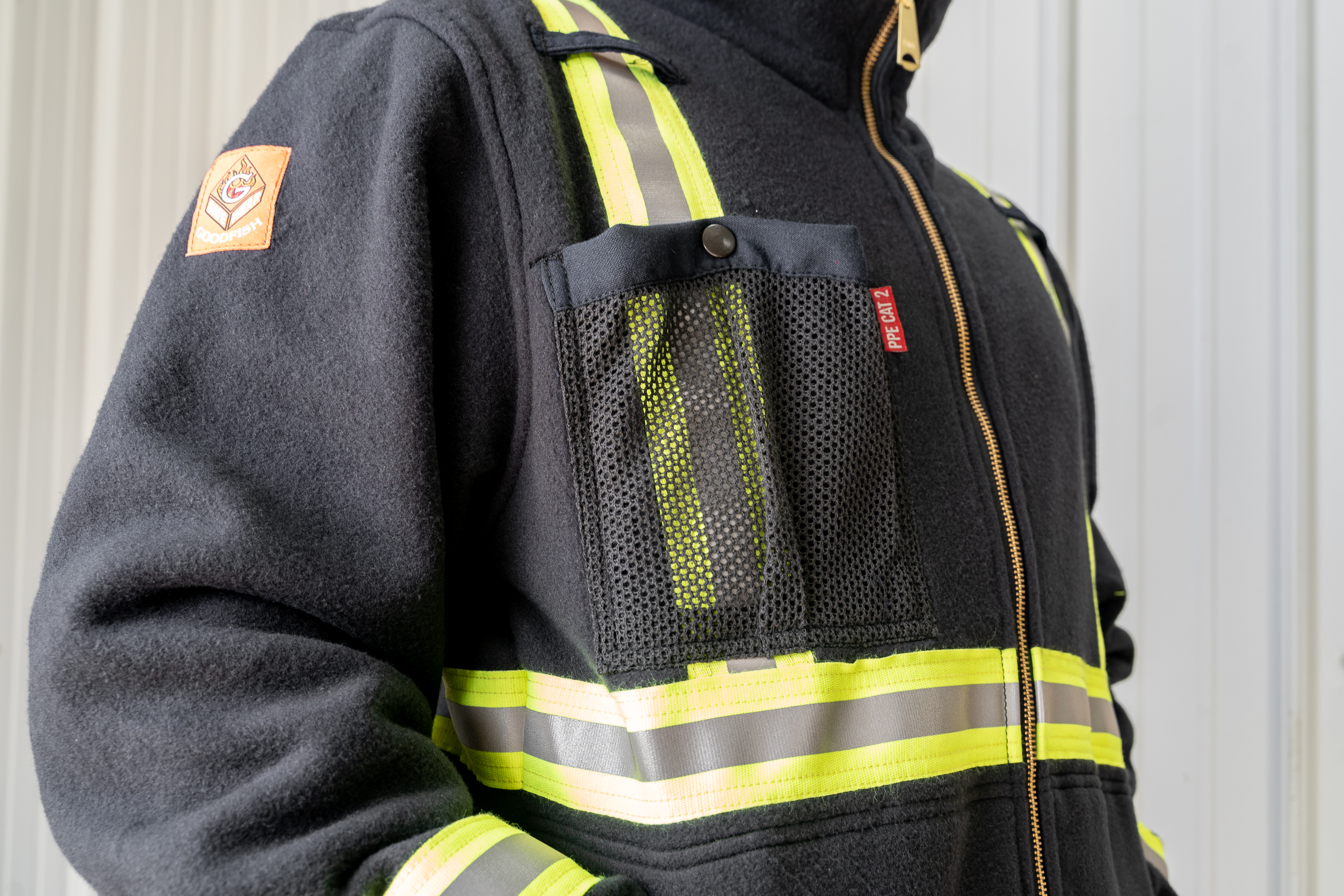


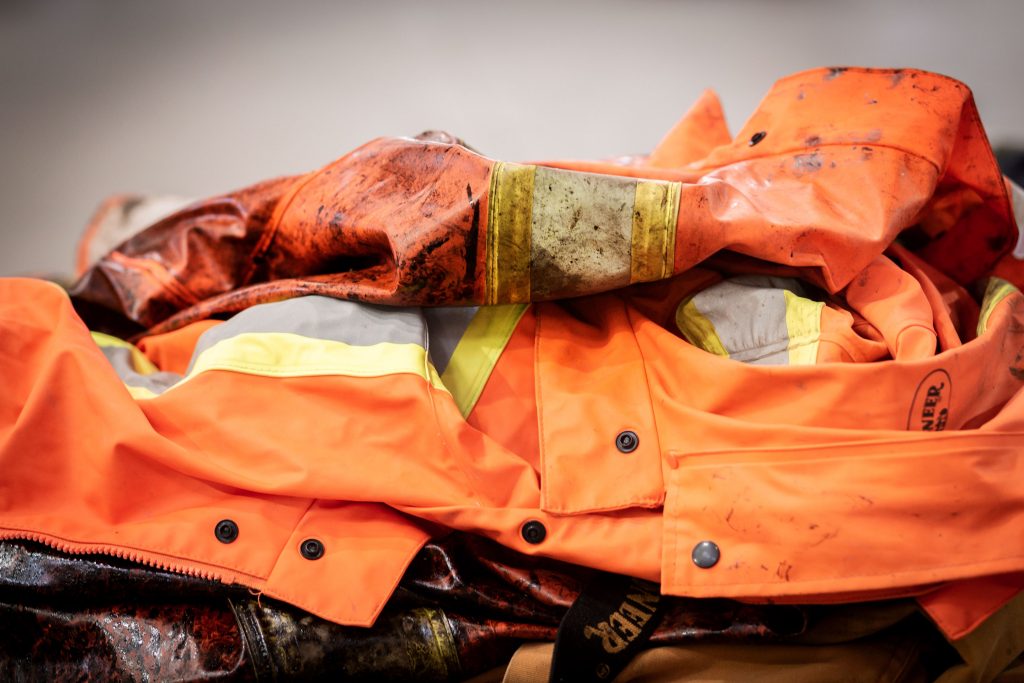




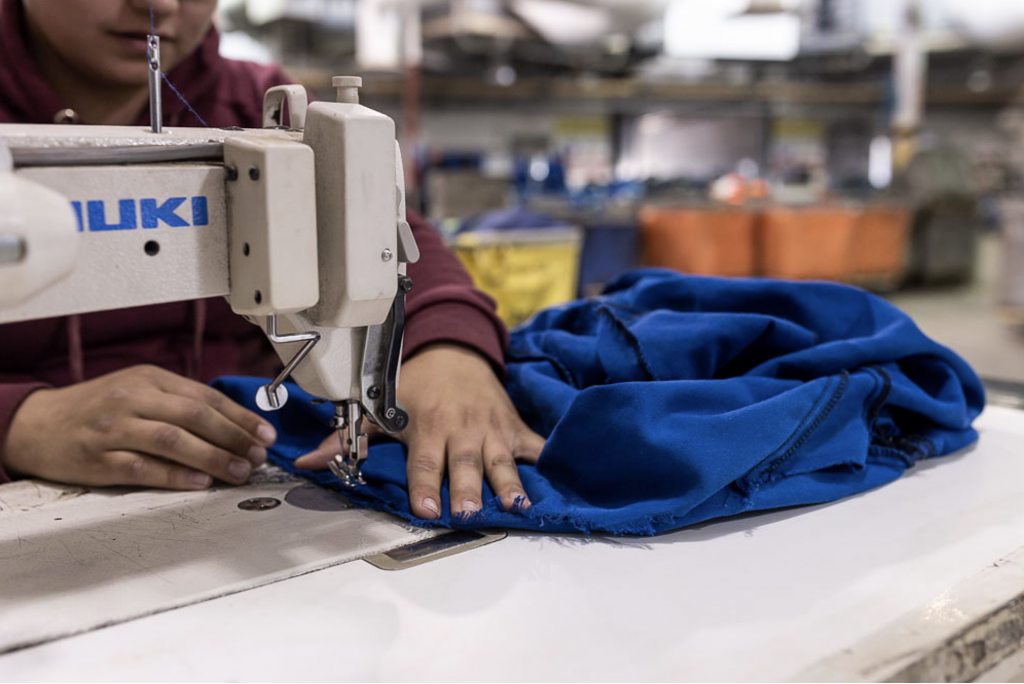
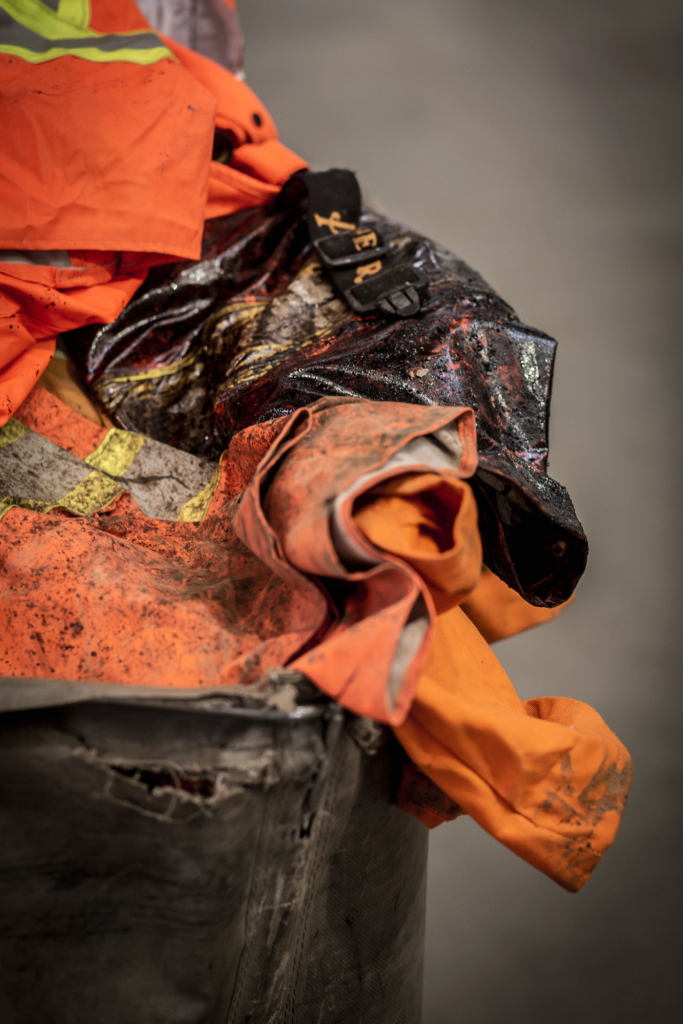
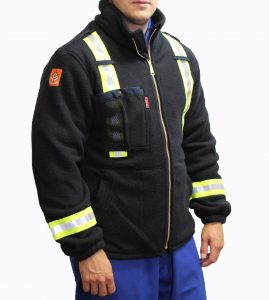



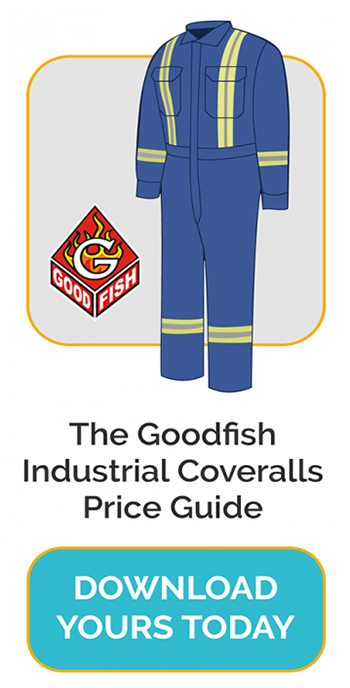



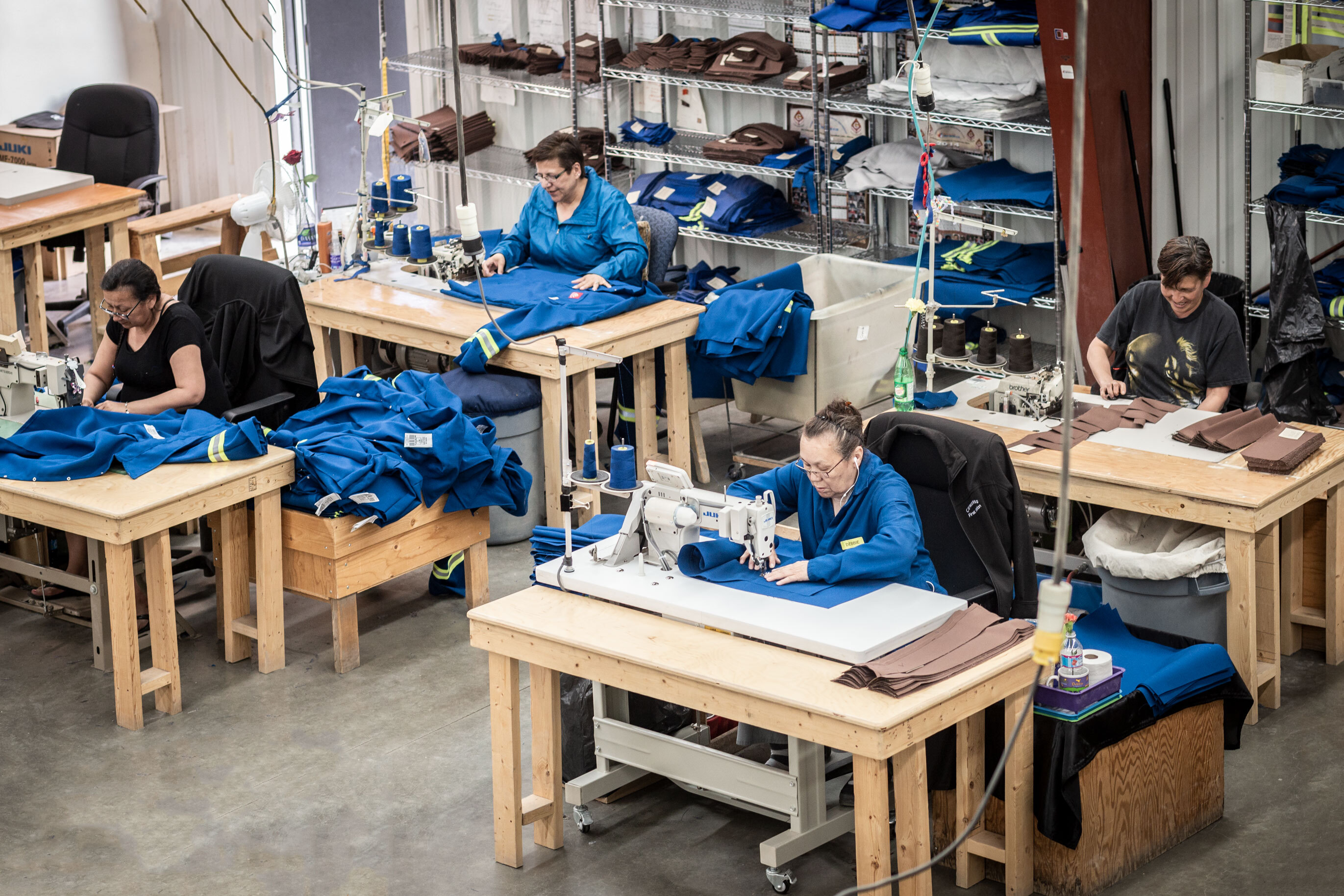


 Your privacy is important to us, and we are committed to protecting your personal information.
Your privacy is important to us, and we are committed to protecting your personal information.